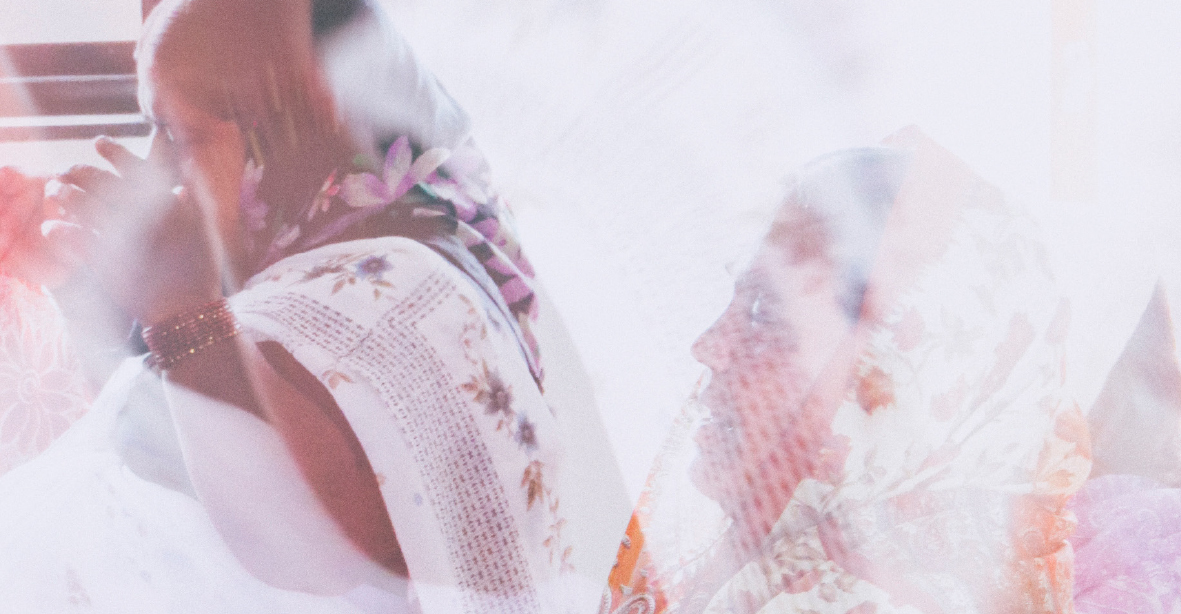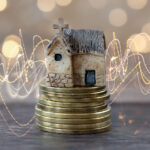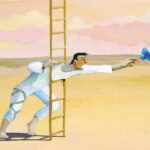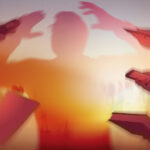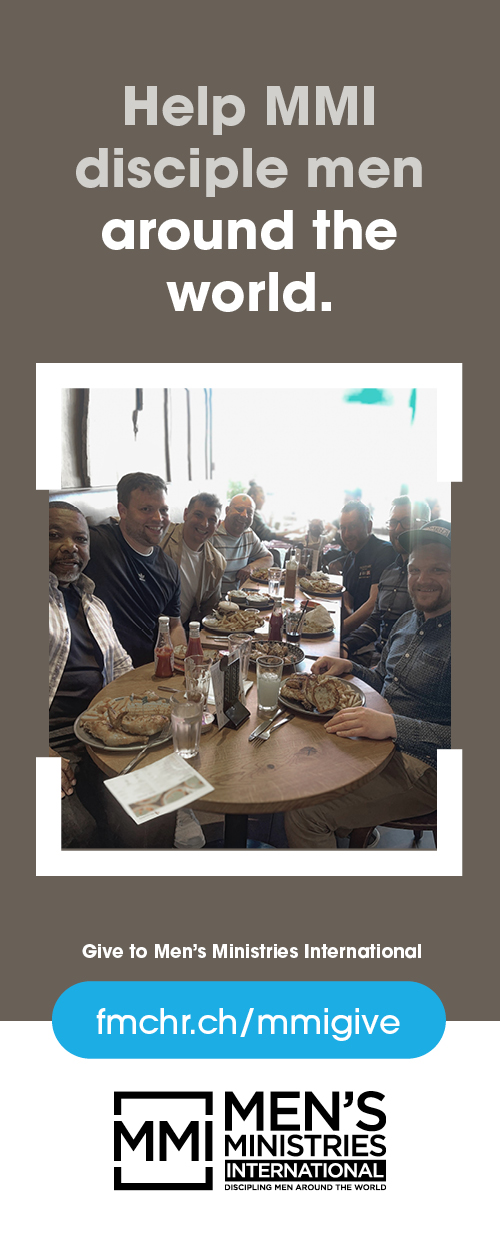Name Withheld
The author is a product developer with SEED Livelihood who gets to collaborate with SEED’s artisan partners. The author’s name is withheld for safety reasons.
by Name Withheld
We sat on a low wall outside the church, enjoying the gentle sunshine and breeze wafting through the neem trees. This location was chosen for the health benefits of its temperate climate and for the neem trees, which are thought to purify the lungs and skin with their antibacterial properties.
Two women in bright, elegantly draped saris leaned toward me. They wanted to show me something. One patted the other on the arm and their bangles tinked as she pulled back the folds of her friend’s sleeves. She patted her friend’s wrists, which ended abruptly where both her hands had once been. She whispered to me, imploring me to bear witness while her friend looked away and tucked her arms back into her sari. My heart dropped into my knees. I prayed silently for some semblance of a response, relieved that no translator was there to convey my inadequate, “I’m so sorry. It must be so hard.” We breathed and rested in the sun until it was time to gather for the church service with the other members of the neighborhood.
A passing group of women swept us up and we seemed to float into the white marble church. People patted each other on the back, clasping arms, laughing and humming with the music beginning to waft from the front of the church. At first, you might not notice many of the members of this community live with the scars, missing limbs, and internal injuries people are left with after being cured of Hansen’s disease (formerly called leprosy).
Many people in this congregation had been thrown out of their family homes, some as children, when it was discovered that they had Hansen’s disease. The people they loved and were closest to believed they deserved this condition as punishment for past lives of misdeeds. They were thought to be unclean physically and spiritually and were cast out at a time when they most needed to be loved and cared for. But in this community, people from all levels of the caste system had formed a new family built on unconditional love and support. I felt like I was experiencing true and sacred community.
I also felt a pang of angry indignation. Why had these people suffered? I imagined Job feeling right at home here. Some people had been able to rebuild their lives despite their scars. Those who are no longer able to work are provided for by their neighbors who earn a small income from their weaving and sewing.
As a guest, I enjoyed a comfortable chair with a clear view of the church. I scanned the crowd for the ladies with whom I had been sitting on the wall. My eyes found their fuchsia and violet saris as the offering basket was passed. The woman with no hands quietly pulled a small bag from her sari and secretly nudged a small coin into the offering basket while her neighbors’ eyes were closed in a song of prayer.
What deep well of faithfulness did she draw from? I was leveled by this small window into a life lived righteously in spite of incredible hardships.
As the crowd slowly exited the church building, I imagined the Holy Spirit wafting through the neem branches that bobbed and brushed the walls bordering the building.
Someday the people of this neighborhood will run and not grow tired. They will walk and not grow faint. Though our bodies are wasting away, our spirit is constantly being renewed.
May I strive to conduct my life in the way these Christians are doing. Be encouraged, friends. Keep doing the next right thing in this “here-and-not-yet” kingdom.+
Name Withheld
The author is a product developer with SEED Livelihood who gets to collaborate with SEED’s artisan partners. The author’s name is withheld for safety reasons.

